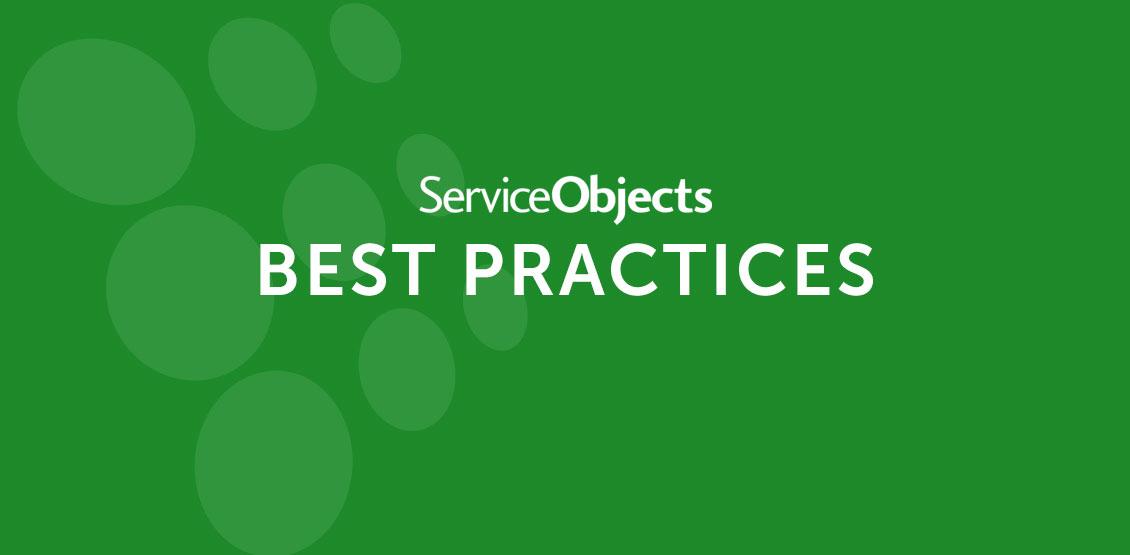A famous beer commercial had people debating whether it tasted great or was less filling. A similar debate is brewing among data quality professionals: do you validate your contact data when you first add it to your marketing automation platform (MAP), or at the time you use it?
The answer to both debates is exactly the same: YES.
First, let’s look at the first argument. Validating contact data such as names, email and physical addresses and phone numbers before recording them to the MAP has several advantages up front:
Saving money. Most of the platforms charge based on the number of contacts in your MAP. By validating the lead ahead of time, you can avoid adding and paying for bad leads in your MAP.
Garbage in, garbage out. Putting dirty data into your marketing database skews whatever metrics or analyses you might do beyond marketing campaigns, including the all-important conversion rate. And catching bad contact information in real-time, lets you message the user at time of entry so they can correct it, preserving valuable leads and preventing possible customer service issues.
Detecting bogus names and fraudulent leads. What good is a database full of Donald Ducks and Ninja Turtles, who faked you out to get a free report? Tools such as name validation can programmatically catch and keep fraudulent contact information out of your MAP in the first place.
Avoiding penalties. Saving the wrong contact data can cost you – big time – if it violates regulations such as the TCPA and Do Not Call lists for phone numbers, or CAN-SPAM compliance and ‘spam traps’ for email addresses. Automated validation tools let you flag high risk contacts before you save them.
Finally, there is the broader question of lead quality. MAPs provide lead scoring based on how the user used the site, but may not protect you from fraudulent or bad data. Contact-level lead validation adds a quantitative value of lead quality, based on over 130 criteria, that lets you decide to fast-track a lead, put them in your drip campaign to see how they respond, or even discard the lead.
Now, let’s look at the other side of the coin. Validating lead data regularly, particularly at the time you use it, has several advantages as well.
Coping with change. Over 70% of contact data will go bad in the course of just a year. Lead validation tools can check your existing leads and then correct, update, or remove them based on the results. This saves you money by only keeping and paying for viable leads, allowing marketing to identify sources of high and low quality leads, and providing more accurate reporting.
Avoiding penalties, part 2. You logged a phone number in your MAP last year. You used it in a marketing campaign this year. What is the difference? Up to $14K in TCPA fines, if this number changed from being a landline to someone else’s cell number. Always validate phone numbers and email addresses before every campaign, to ensure TCPA, Do Not Call and CAN-SPAM compliance.
Taking care of your customers. By triggering emails or other contacts to customers who appear to have changed their addresses, using tools such as our national change-of-address (NCOA Live) capabilities, you provide better service and pro-actively avoid future service or delivery failures.
Making your IT department happy. Lead and contact validation tools are easily automated within most MAP systems – for example, Service Objects’ contact validation tools have webhooks and API interfaces you can use with platforms including Marketo, Eloqua, Hubspot, Pardot, Ontraport and others.
Incidentally, that beer company never did resolve the “tastes great/less filling” controversy. Likewise, we’re going to play both sides of this debate – because it is easy and inexpensive to validate your lead and contact data every time you enter or use it. With the right automation partner, data quality can simply become one less thing to worry about in your marketing efforts.













